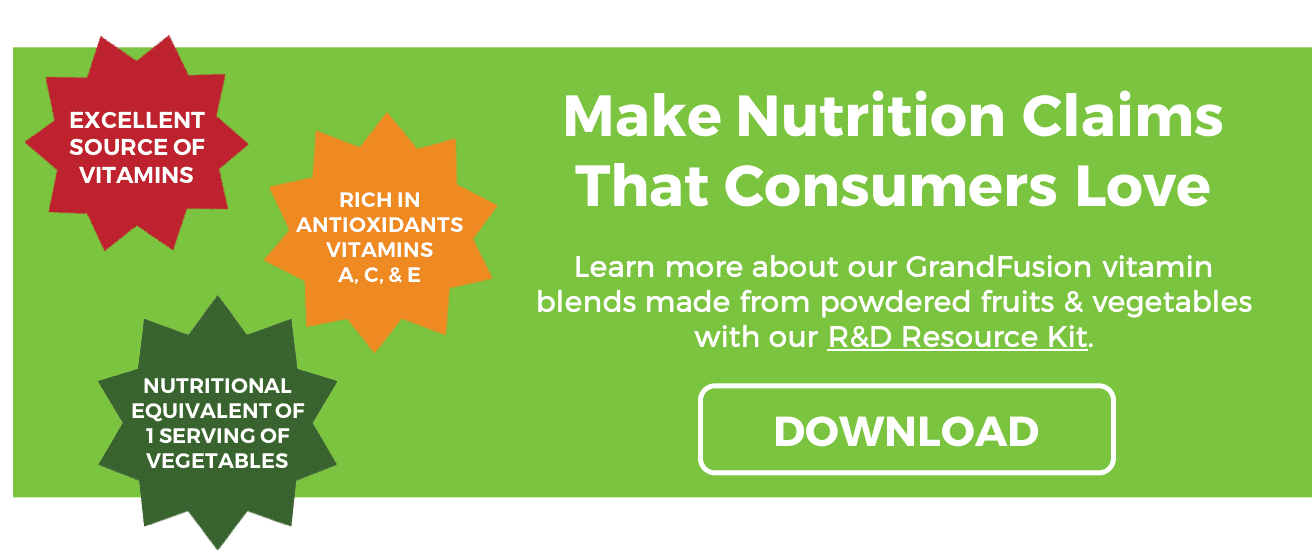Greater Food Brand Loyalty is Linked to Food Transparency
According to a retail food study, consumers showed a higher incidence of brand loyalty to food products that generate a deeper connection via transparency. As much as 75% of shoppers are more than ready to switch brands when confronted with a product that has a more detailed label. The new study shows that shoppers are getting more demanding when it comes to food transparency.
Inside the Report
The report was developed by the Food Marketing Institute (FMI) with the purpose of outlining how shoppers define transparency and how it influences their food buying behavior. The report is known as The Transparency Imperative. According to the CMO, “We titled this report The Transparency Imperative because as we executed the research to bring the key findings of our 2016 studies current, we see clearly that transparency is only becoming more important to consumers.”
The paper looks deeply into the behavior and attitude within shoppers who are health-conscious as well as those who are digitally-active. It also looks into the response of consumers across different ages.
Targeting these varied consumer demographics, the study offers various and needed steps that brands should look into to further show their commitment to transparency; to track the ever-changing scenario of consumer preferences; to meet the ever-increasing expectations of food-buyers; to comprehend the exact needs of essential groups of buyers; and to transmit data over and beyond the list of ingredients.
The Results Show Brand Loyalty for Transparent Brands
As much as 86% of the correspondents agree that food retailers and manufacturers that provide a gateway to easily look-up their products’ ingredients definitions are easy to understand and complete—would lead to greater trust from them.
Further, a staggering 80% commented that they would definitely be more loyal to a brand that offers a significant amount of data on their products, more than what’s usually contained in the product label.
Lastly, more than half of the correspondents, 54% to be exact, would pay more for products with this included information.
Defining Transparency
According to Generation X and Baby Boomers, transparency is directly linked to nutritional information, ingredient descriptions, and a complete list of ingredients. Millennials, on the other hand, have a more detailed expectation when it came to transparency. Aside from what the older generations have listed, they are more likely to focus on fair trade and labor practices, animal welfare, descriptions of ingredient usage data, claims and certifications as well as allergen information.
Health-Conscious Shoppers Committed to Transparency
As much as half of the households in America have an individual who follows a health-related diet. Making these households more likely to put a significant importance on transparency. In fact, as much as 89% of shoppers are more likely not to buy a food product when the label is not sufficient to meet their needs.
Further, households that have children have an increased tendency to lean toward transparency. As much as 87% of these households use their smartphone while grocery shopping to check product information while in store.
All these findings point to advocating transparency by food brands can lead to better consumer relationships, brand loyalty and profits. Natural food brands should look for simple ingredients that help create a transparent, clean label. Learn more about GrandFusion fruit and vegetable powders to add real vitamins and minerals to your products.



